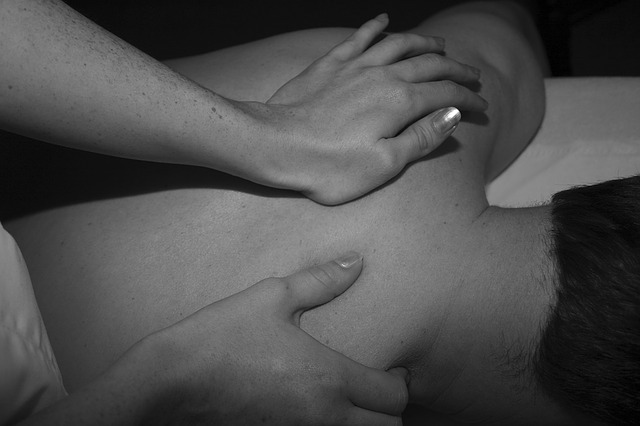
The study demonstrates the use of a bone-sparing, multiplanar osteotomy technique with a nonspherical humeral component – such as the Catalyst CSR system – can improve the accuracy and precision of restoring the anatomic glenohumeral relationship compared to stemmed arthroplasty systems.
Highlights of the study include Measurements of the anatomic center of rotation (COR) and the postoperative prosthetic COR were compared in 110 consecutive shoulder arthroplasties performed by a single surgeon. X-rays were measured by two independent observers. The first 55 cases used a third-generation stemmed arthroplasty system and the latter 55 cases used the Catalyst CSR system.
The average change of the COR was significantly less in the Catalyst group compared to the stemmed group.
There was an overall 2.5-fold reduction in the number of clinically significant outliers in the Catalyst group compared to the stemmed group – 15% versus 40%. According to previously published biomechanical studies, a change between the anatomic and the postoperative COR of as little as 3.0 mm can adversely affect shoulder biomechanics and kinematics and are defined as clinically significant outliers.
The Catalyst group demonstrated a significant increase in the precision of restoring the native anatomy. Within the Catalyst group, 18 out of the 55 restored the anatomic COR to a change of less than 1.0 mm as compared to only 2 of the 55 in the stemmed group.
Numerous studies have linked poor clinical outcomes to malpositioned shoulder implants. The Catalyst CSR system not only allowed for an increase in accuracy based on change in COR, there was also a significant decrease in variability in restoring the native anatomy of the shoulder based on the number of clinically significant outliers.
“The Catalyst technique uses cutting guides to achieve a consistent, calibrated bone resection which matches the thickness of the humeral head component,” said Dr. Steven Goldberg, Chief of the Division of Orthopedic Surgery for Physicians Regional Healthcare System and founder of Catalyst OrthoScience. “Additionally, the nonspherical design of the humeral component better replicates the natural shape of the humeral head. The team of authors believe these factors contributed to the improved accuracy and consistency in restoring the proper anatomy in total shoulder arthroplasty.”
Designed by surgeons for surgeons, the Catalyst CSR system represents the next evolution in shoulder surgery. The simple surgical technique creates a unique, multi-planer chamfer cut geometry on the humeral head that minimizes bone removal and preserves the strongest, densest bone for the humeral component fixation – similar to modern knee replacement. Patented, angled glenoid instruments aid in the glenoid exposure and lessen retraction on the soft tissue. The precision of the system’s unique instrumented technique and implant design yields highly accurate and repeatable restoration of the native non-spherical humeral anatomy, as demonstrated by this study. These benefits position the Catalyst CSR system as an attractive solution for anatomic total shoulder replacement surgery.
Source: Company Press Release.






